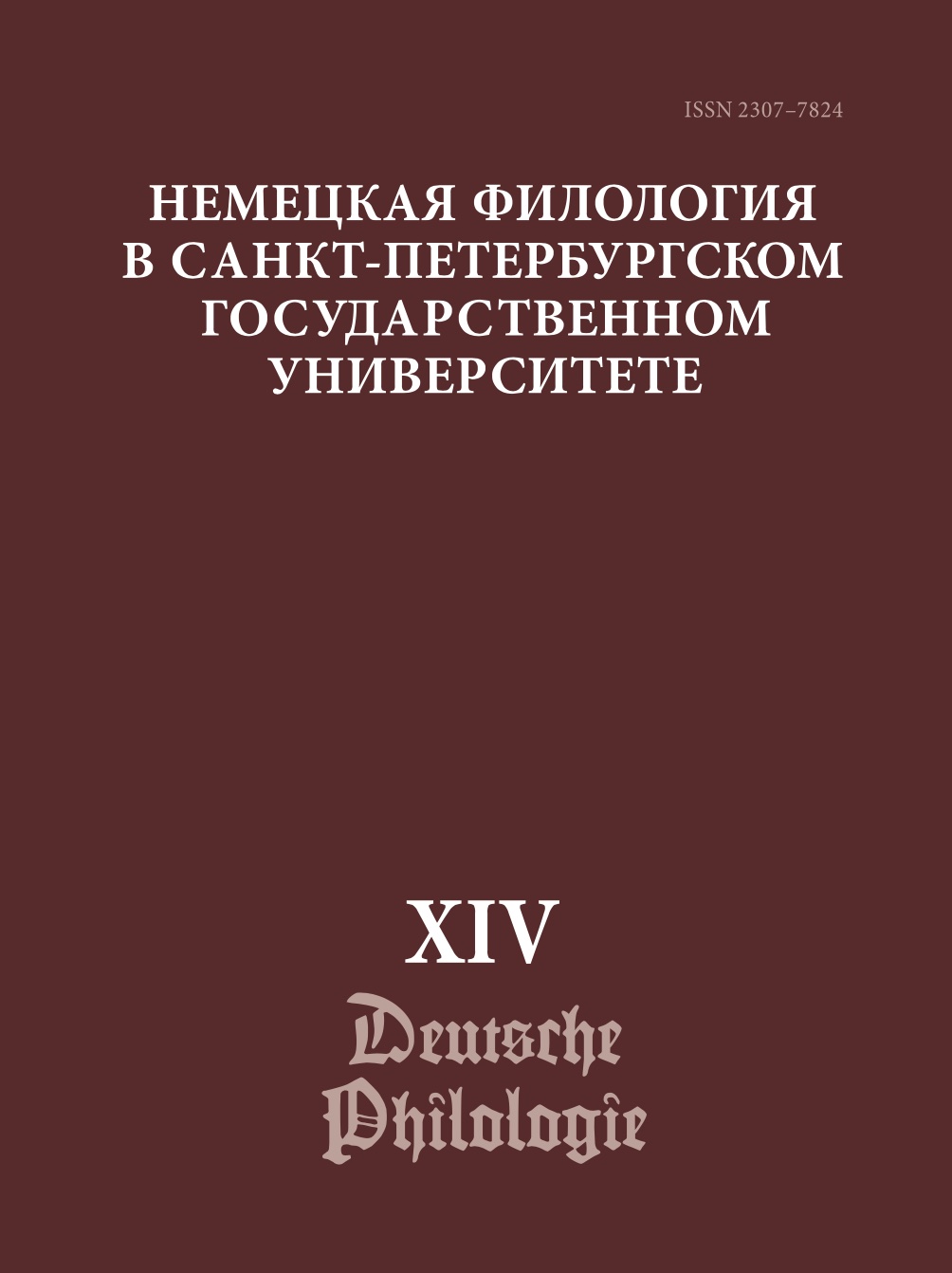CORPORATE CODE OF CONDUCT AS AN ADVERTISING TEXT
DOI:
https://doi.org/10.21638/spbu33.2024.116Abstract
The article exposes a variety of linguistic means of conveying emotionality and expressiveness in Codes of Conduct. Originally, Codes of Conduct represented sets of rules or company guidelines, based on the antitrust legislation requirements. On basis of the pragmatic and textual analysis, performed on collected by means of continuous sampling linguistic material, we conclude, that in addition to informative and prescriptive functions, this type of regulatory documents more often than not contains features of an advertising text. The use of the techniques of emotional impact on the recipient to create a positive image of the company is increasingly becoming a common practice. Both persuasive (rational) and suggestive (emotional) influence tactics are actively applied. Persuasive tactics implement information about the company business principles, values, and aspirations as well as a reasoned explanation of why it is necessary to comply with the standards of the Code. Suggestive influence tactics offer a bright design of Code of Conduct brochures featuring flashy pictures, cryptographs, fancy fonts and bright colours. The linguistic means of creating the suggestive influence are emotionally coloured evaluative and elevated vocabulary, superlatives, and wide variety of tropes, e. g. metaphors, metonymic transfers, phraseological units, clichés and precedent texts. The Codes of Conduct also actively use advertising (imaginative) slogans. All of the above allow concluding that the advertising component is gradually becoming a style-forming element of the traditionally official business style type of documents.
Keywords:
advertising, advertising text, documentary linguistics, Code of Conduct, emotional impact
Downloads
References
Справочные материалы
Литература
References
Downloads
Published
How to Cite
Issue
Section
License
Условия передачи авторских прав на статьи и рецензии, опубликованные в ежегодном периодическом издании «Немецкая филология» регулируются условиями Лицензионного Договора автора с Санкт-Петербургским государственным университетом. В соответствии с Лицензионным Договором опубликованные материалы находятся в открытом доступе, а авторам бесплатно предоставляется неограниченные возможности их распространения и самостоятельного архивирования.




